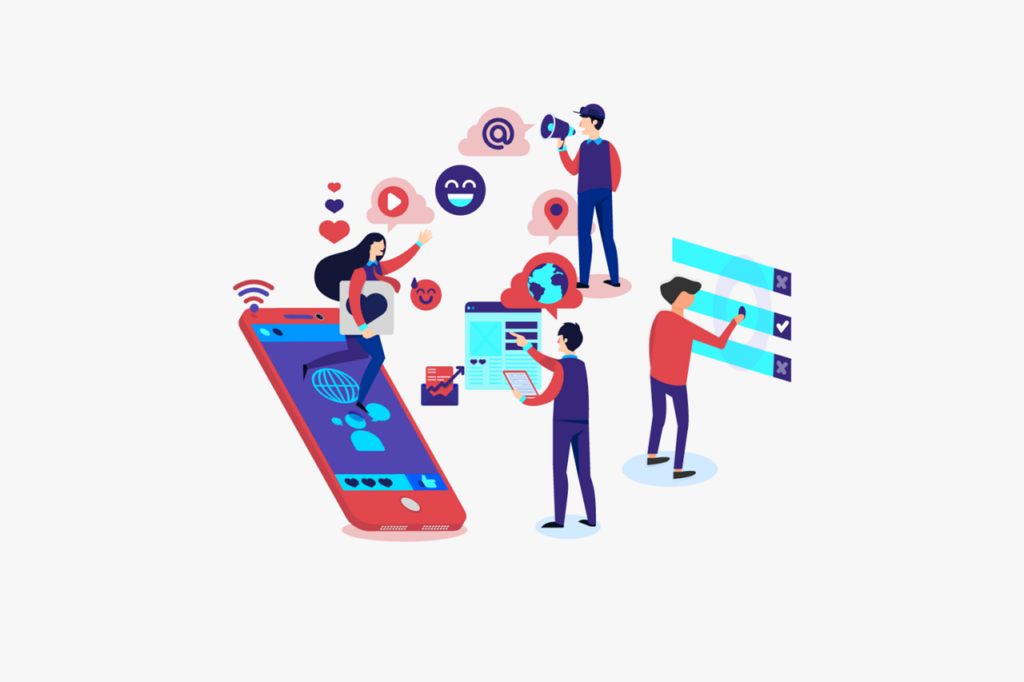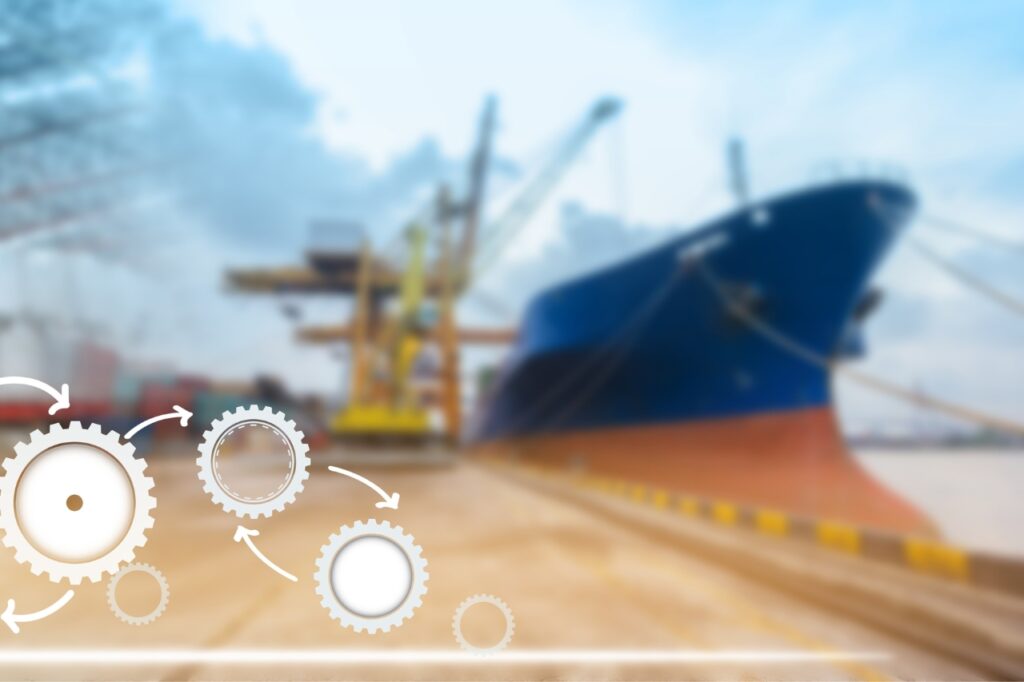
When we first sat down with GAINS VP of Corporate Development Jason Read to discuss books that might appeal to followers of the GAINS blog, he suggested two books by Patrick Lencioni:
- The Ideal Team Player; a book on hiring and developing ideal team players in any organization.
- The Five Dysfunctions of a Team; a popular guide for building healthy teams.
Both books focused on building better leadership practices and team building. The blog is available here if you haven’t read the first installment of GAINS’ Recommended READing.
Recommended Supply Chain Reading
This time around, we asked Jason if he could recommend a book focused on supply chain matters, and this is what he shared with us:
“When you asked me to select a book about supply chain, I struggled with it. I had a book in mind but asked myself… is it about the supply chain? I started thinking about how all the departments inside an organization can operate amongst each other. And I remembered a book I read in college called The Goal: A Process of Ongoing Improvement. The author is Eliyahu Goldratt; it was originally published in 1984. It is business fiction, meaning it is written as a novel; maybe that is why it has stuck with me for the past 25 years.
An example he gives in the book is that if a house is built quickly at a low cost, the quality will also be low; if you want a high-quality house built quickly, you have to be prepared to pay for it or compromise on the time it will take. Goldratt has the idea of focusing on a constraint and redesigning the business around it.
The Ideal Team Player, one of the books I had recommended previously, is written the same narrative style. There is a story in that book about somebody coming in for a job interview who is rude to the receptionist but polite to the interviewer. Later the interviewer asks the receptionist, ‘what was the candidate like when he came in?’ Based on that interaction, the interviewer decides they don’t want to bring that type of person into their culture. That has always stuck with me when I conduct interviews.
Jason isn’t alone in thinking that writing a “business book” as a novel was a good way of getting readers to remember the point of a book. In an article for the Harvard Business Review titled What makes storytelling so effective for learning, Vanessa Boris wrote, “Good stories do more than create a sense of connection. They build familiarity and trust… making them more open to learning. Good stories can contain multiple meanings, so they’re surprisingly economical in conveying complex ideas in graspable ways. And stories are more engaging than a dry recitation of data points or a discussion of abstract ideas.”
What is ‘The Goal’
In The Goal, the main character Alex Rogo is a plant manager who desperately works to improve performance at his factory. However, his factory is rapidly heading for disaster. He has been given ninety days to save his plant – or it will be closed by corporate HQ, resulting in hundreds of job losses. He meets with a colleague who helps him break out of conventional thinking to help him see what needs to be done. The story of Alex’s fight to save his plant contains a profound message for managers in all industries and also illustrates the ideas underlining Goldratt’s Theory of Constraints (TOC).
The Theory of Constraints
The Theory of Constraints is a management philosophy that aims to improve organizational performance by identifying and removing bottlenecks or constraints that limit the system’s ability to achieve its goals. It is based on the idea that every system has at least one constraint that limits its performance and that the overall system can be improved by identifying and addressing this constraint. The theory provides a structured approach to identifying constraints, prioritizing them, and implementing solutions to improve the system’s performance. It is widely applied in manufacturing, and supply chain management to help achieve financial goals while delivering on time and in full to customers, avoiding stock-outs in the supply chain, reducing lead time, etc.
Identifying Obstacles
“If you think about it, just like in the book, a company can’t manufacture their products if they can’t get the right raw materials; they’re sunk. If you have the right materials and processing but not the right raw or finished goods in the right places, you can’t fulfill your promise, and as you know, they’re still sunk. On the other hand, if they’ve got the right materials but don’t have the right processing, again… sunk. It is about identifying the bottlenecks, a point within a system that restricts progress.
For example, let’s say as a business, I determine that I will operate the most efficient fleet in the world. I will reduce my cost per mile and my cost of delivery, but as a result, my service level will go out the window. If I am optimized for freight cost, but my customer isn’t going to get their delivery for three and a half weeks, is it worth it?”
Avoiding Bottlenecks
The question becomes how, as a leader, when I think about the constraints around each of those different areas of the business, how do I ensure I’m not optimizing one area to the detriment of another without creating a bottleneck. But instead sub-optimizing a specific area of the business to optimize the end-to-end throughput. I think this book was foundational to the way that I started to think about logistics, supply chain technology, and supply chain activity.”
How do I balance my costs, customer service, and customer expectations for delivery with the cost of my freight? How do I begin to think about sub-optimizing freight costs to improve customer satisfaction so that customer comes back? It is that kind of thinking that “The Goal” talks about and why I think it’s probably the book I would recommend.”
If you would like to read Part1 of our discussion with Jason Read, Click here
You may also enjoy the following:



